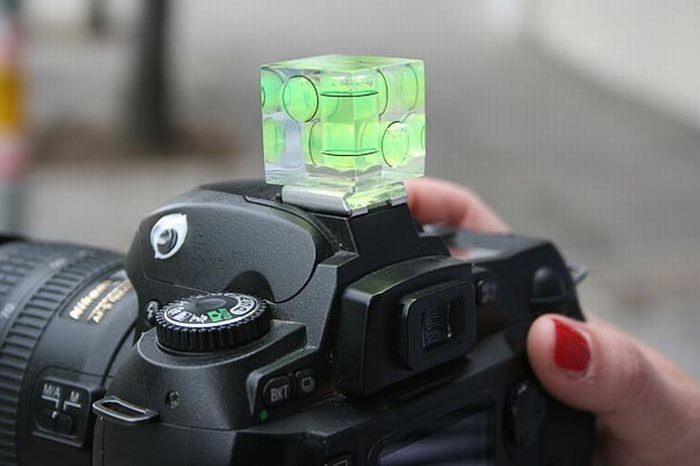|
|
Creative Camera Gadget
|
History
The forerunner to the camera was the camera obscura. It was a dark chamber (in Latin, a camera obscura, demonstrating the etymology), "consist of a darkened chamber or box, into which light is admitted through a pinhole (later a convex lens), forming an image of external objects on a surface of paper or glass, etc., placed at the focus of the lens". In the 6th century, Greek mathematician and architect Anthemius of Tralles used a type of camera obscura in his experiments. The camera obscura was described by the Arabic scientist Ibn al-Haytham (Alhazen) in his Book of Optics (1015–1021). Scientist-monk Roger Bacon also studied the matter. The actual name of camera obscura was applied by mathematician and astronomer Johannes Kepler in his Ad Vitellionem paralipomena of 1604. He later added a lens and made the apparatus transportable, in the form of a tent. English scientist Robert Boyle and his assistant Robert Hooke developed a portable camera obscura in the 1660s.
The first camera obscura that was small and portable enough for practical use was built by Johann Zahn in 1685. At this time there was no way to preserve the images produced by these cameras apart from manually tracing them. However, in 1724, Johann Heinrich Schultz discovered that a silver and chalk mixture darkens under exposure to light. Early photography built on these discoveries and developments. The early photographic cameras were essentially similar to Zahn's camera obscura, though usually with the addition of sliding boxes for focusing. Before each exposure, a sensitized plate would be inserted in front of the viewing screen to record the image. The first permanent photograph was made in 1826 by Joseph Nicéphore Niépce using a sliding wooden box camera made by Charles and Vincent Chevalier in Paris and building on Johann Heinrich Schultz's discovery about silver and chalk mixtures darkening when exposed to light. Jacques Daguerre's popular daguerreotype process utilized copper plates, while the calotype process invented by William Fox Talbot recorded images on paper.
|
|









